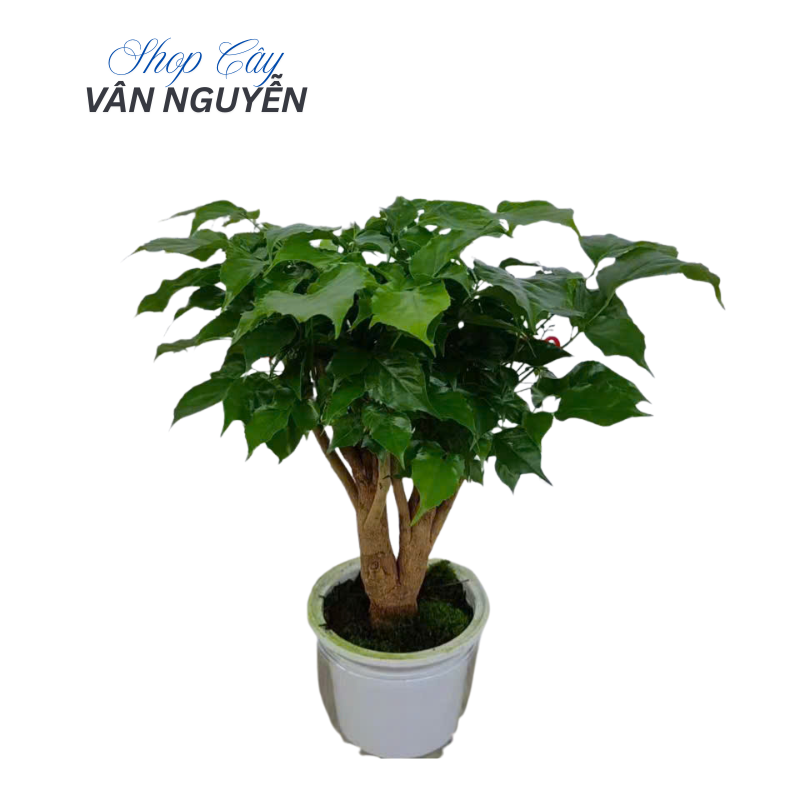Desktop Happiness Tree (Radermachera sinica)
Overview:
The Happiness Tree is a wooden plant that grows 30–50 cm for desktop varieties and 1.2–3 m for larger indoor varieties. Native to the tropical forests of Southeast Asia, it features dense, dark green foliage with uniquely serrated leaf edges.
Botanical Information:
- Common Name: Happiness Tree
- Scientific Name: Radermachera sinica
- Family: Bignoniaceae
- Habitat: Well-ventilated areas with high humidity
Characteristics:
- Trunk: Straight with branches, brown-gray smooth bark
- Leaves: Lanceolate, opposite arrangement, serrated edges, young leaves light green
- Flowers: Small white flowers appear in leaf axils or on branches and develop into small bean-like fruits. However, indoor plants rarely bloom due to insufficient light and nutrients. Blooming season is typically spring or summer.
Safety:
The leaves are non-toxic, making the Happiness Tree a safe choice for homes, offices, or gifts.
Symbolism & Meaning:
In Feng Shui, the Happiness Tree regulates energy, attracts good fortune, and stimulates prosperity. Placing it on desks, tea tables, TV stands, or reception counters may bring luck in work and life.
- The tree symbolizes joy, happiness, and family harmony.
- The vibrant green leaves represent hope, optimism, and positive energy.
- Clusters of three leaflets shaped like hearts symbolize love and strong relationships, making it a meaningful gift for loved ones.
Benefits in Daily Life:
- Enhances the beauty of living and working spaces with its elegant appearance and lush foliage
- Promotes a relaxing and natural environment, creating a sense of calm and comfort
- Helps purify air and regulate indoor humidity, improving overall living conditions
Whether used as a decorative piece on a desk, in the living room, or as a thoughtful gift for housewarming, corporate events, or loved ones, the Happiness Tree brings both aesthetic appeal and symbolic value.






